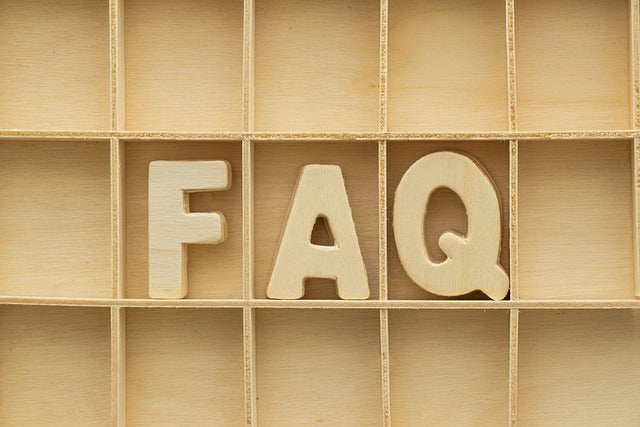
FAQ - Frequently asked questions
FAQ or also 'Frequently asked questions'. Below we provide answers to problems when making and burning candles.
| Problem | Cause | Solution |
| Cracks in the candle | - Cooled too quickly | Let the solidification take place at room temperature (18°C). Cooling in extreme cold causes cracks. |
|
- Dents in the candle. - Sides pulled in. - Shrinkage hole in the center of the candle. |
Shrinkage is a natural process during solidification (cooling). |
Paraffin expands with heat and shrinks when solidified. This is normal and unavoidable. The higher the pouring temperature, the more shrinkage occurs during solidification. - Heat the mold before pouring. - Pierce the wick with a needle and refill regularly during the clotting process. - Ensure no large temperature differences during refilling. Avoid refilling when complete clotting. |
| Air bubbles |
- Cooled too quickly - Cast too cold - Cast too quickly - Air has not escaped |
- Cooling less quickly - Pour at a higher temperature - Pour more slowly and carefully. - Tap the mold while pouring. |
| White icing, spots on the candle |
- Too much stearin added. - Mold too cold. - Filled too cold. |
- Add less stearin. - Heat the mold before refilling. - Refill at a higher temperature. |
| White snowflakes |
- Too much oil residue in the wax. - Cooled down too quickly. - Too much silicone spray or olive oil used. |
- Use a better quality wax. - Addition of Vybar reduces the formation of snowflakes. - Cool less quickly. - Use less or no spray or oil. |
| Flame too high |
Wiek is too fat |
Get a thinner blade. |
| Flame too small |
Wick is too thin |
Get a thicker wick. |
| Flame splashes |
- Wick absorbs water during immersion in water cooling bath. - Water in the paraffin. |
- Avoid water when handling blades. - Prevent water from coming into contact with paraffin. Open bain-marie can be the cause with contact with water. |
| Candle dripping |
- Too warm environment. - March. - Candle is tilted. - Too thin wick used. |
- Place candles at least 10 cm apart. - Avoid drafts. - Always place a candle straight. - Use a thicker wick. |
| Burning mirror is too small and the candle overflows |
- Wax has too high a melting point. - Wick is too thin. |
- Use wax with a lower melting temperature. - Use a thicker wick. |
| Candle smokes while burning. |
- Wiek is too fat. - Air holes in the candle. - Wick is too long. - High oil content wax. |
- Use a thinner wick. - Increase the pouring temperature, poke holes in the candle and refill additionally. - Shorten the wick between 5 to 10 mm |
| Orange surface. |
- Too much release agent used. - Refilled too hot. |
- Remove excess silicone spray or olive oil and only provide a film layer. |
| Post-cast does not adhere to previously poured wax. | Refilled too cold | Pour candles when they are still warm and not completely solidified. |
| Candle won't loosen from its shape |
- Mold is too dry or not greased. - Casting temperature is too high. - Refilled up to the edge of the mould. |
- Apply silicone spray or olive oil to the mold. A thin layer is sufficient. - Check the permitted temperature of the casting mold used. - Do not pour up to the edge of the mold. - Place the casting mold in the refrigerator or freezer for a while. |

